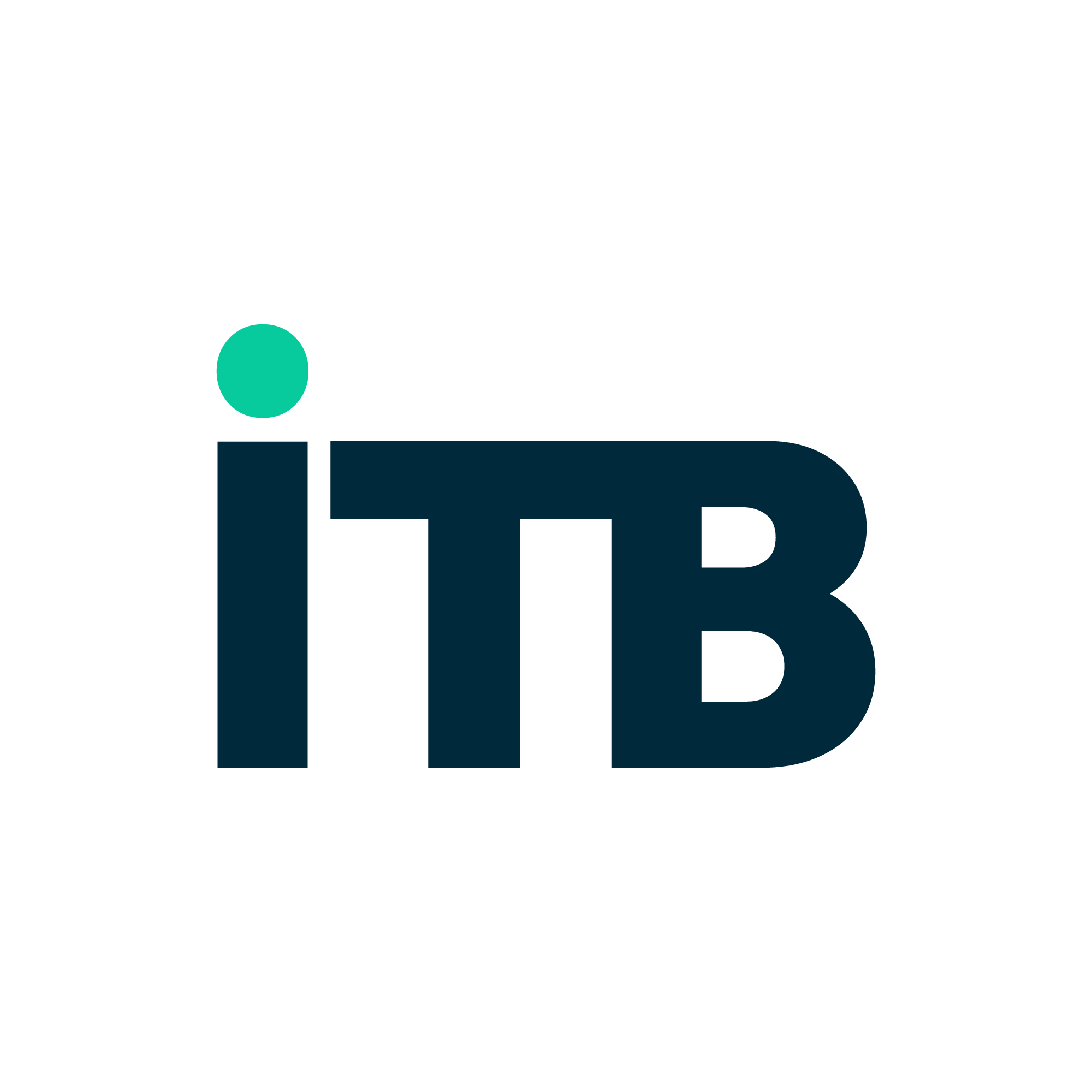In today’s hyperconnected world, IT infrastructure and networking aren’t just technical necessities — they are the very foundation of business agility, innovation, and competitiveness. Organizations that invest in modern, resilient IT systems don’t just keep operations running — they unlock new opportunities for growth, efficiency, and customer satisfaction.
But as business needs evolve, so too must IT strategies. Performance, security, and scalability are no longer “nice-to-haves” — they are critical pillars of any successful IT infrastructure.
Let’s explore how IT infrastructure and networking are enhancing these three pillars and what businesses must do to stay ahead.
1. Boosting Performance: Speed and Efficiency Matter
High-performing IT infrastructure is the engine behind smooth digital experiences, fast operations, and empowered employees.
Key Innovations Driving Better Performance:
Cloud Computing: Shifting infrastructure to the cloud offers elastic compute power, high availability, and reduced latency — allowing businesses to scale workloads up or down instantly based on demand.
Edge Computing: Bringing processing closer to where data is generated (at the “edge”) reduces bottlenecks and improves speed, which is critical for real-time applications like IoT and smart manufacturing.
High-Speed Networking (5G, Wi-Fi 6): Newer wireless technologies deliver faster, more stable connections for remote work, mobile users, and interconnected devices.
A modern network doesn’t just move data — it moves business forward. Organizations that prioritize network optimization through smarter routing, load balancing, and intelligent traffic management deliver better service, inside and out.
2. Strengthening Security: Building Trust in a Digital-First World
As digital footprints grow, so do security risks. Data breaches, ransomware attacks, and insider threats are rising threats in every industry.
Modern IT infrastructure must have security built-in, not bolted on.
Strategies Enhancing IT Security:
Zero Trust Architecture: Instead of assuming that everything inside the network is safe, Zero Trust models verify every user, device, and connection — inside and outside the perimeter.
Network Segmentation: Dividing networks into segments minimizes the spread of threats and allows for more granular security policies.
AI-Driven Threat Detection: Machine learning algorithms continuously monitor traffic patterns, identifying anomalies and potential breaches faster than traditional methods.
Secure Access Service Edge (SASE): Integrating security with network management in the cloud ensures consistent protection across all locations and users.
Today’s IT security strategies must be proactive, adaptive, and deeply integrated into the infrastructure itself — protecting not just data, but brand reputation and customer trust.
3. Enabling Scalability: Ready for Growth, Ready for Change
In a world where markets shift overnight, the ability to scale IT resources quickly and cost-effectively is a major competitive advantage.
Traditional IT infrastructures — with their fixed servers and static networks — struggle with rapid expansion or contraction. Modern IT strategies focus on flexibility and scalability from the ground up.
Key Enablers of Scalable Infrastructure:
Hybrid Cloud Models: Blending public cloud, private cloud, and on-premise resources offers the flexibility to handle variable workloads and sensitive data requirements.
Software-Defined Networking (SDN): By decoupling control from hardware, SDN makes it easy to reconfigure, expand, or optimize networks on demand.
Containerization and Microservices: Applications broken down into modular services can scale more efficiently and are easier to update without downtime.
Automation and Orchestration: Intelligent tools automate the deployment, scaling, and management of IT resources, ensuring faster time-to-market and lower operational overhead.
By designing infrastructure that grows with the business, companies can seize new opportunities without being held back by legacy limitations.
Why a Holistic Approach Matters
Focusing on performance, security, or scalability in isolation is not enough. They must work together, aligned to business goals and user needs.
A truly modern IT infrastructure is:
High-performing, enabling smooth digital operations.
Secure by design, defending against evolving threats.
Built to scale, ready to grow or pivot as the market demands.
And crucially, it is managed intelligently — using real-time insights, predictive analytics, and automation to keep everything optimized without excessive human intervention.
Future Trends Shaping IT Infrastructure and Networking
Looking ahead, several trends are set to further reshape the landscape:
AI and Automation will drive smarter network management and faster security responses.
5G and Edge Networks will revolutionize real-time applications like autonomous vehicles, smart cities, and industrial automation.
Sustainability will become a priority, with greener data centers and energy-efficient networking solutions.
Everything-as-a-Service (XaaS) models will make infrastructure consumption more flexible and aligned to actual usage.
Organizations that embrace these shifts early will position themselves for faster innovation, stronger resilience, and deeper customer trust.
Performance, security, and scalability are no longer optional — they are the essentials of a modern IT strategy.
By investing in smarter, more agile infrastructure and networking solutions, businesses can do more than survive the digital era — they can thrive, lead, and grow in ways never before possible.
The future belongs to companies whose IT foundations are not just strong, but smart — built to adapt, built to protect, and built to accelerate success.




